Highly anticipated: Today's announcement marks the next big architecture transition for the Apple Mac since 2006, when the company decided to scrap PowerPC in favor of Intel's x86 processors. Now the Cupertino giant is betting its entire future on Arm-based chips developed fully in-house, leaving Intel behind and becoming more technologically self-sufficient. The first devices to powered by the Apple M1 SoC include the MacBook Air, MacBook Pro 13‑inch and Mac mini.
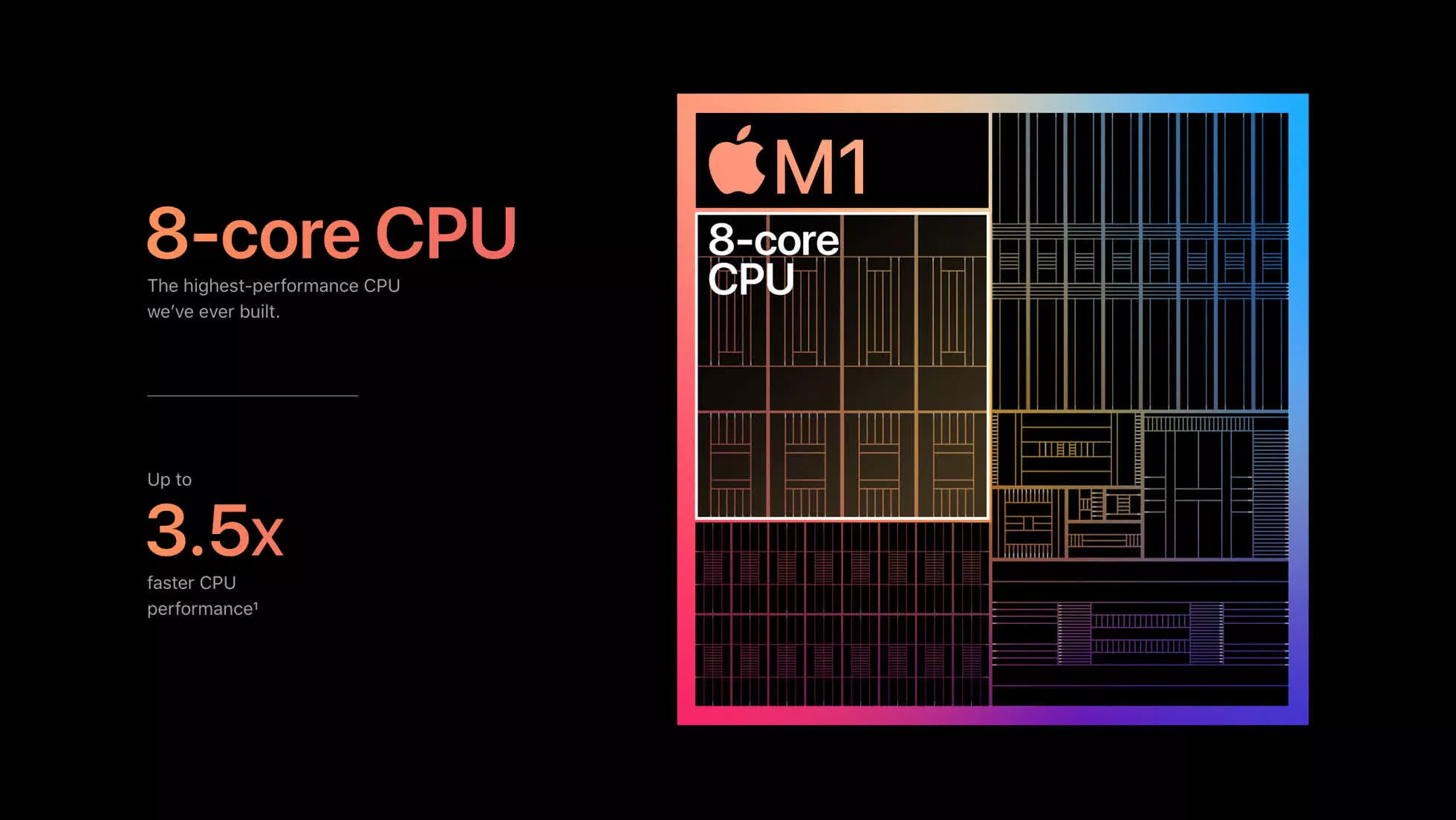
Apple's breakup with Intel is now more official after the company showcased the first devices that will kickstart a two-year migration process of the entire Mac lineup to Arm-based custom silicon.
The new Macs are based on the Apple M1 chip, which according to Apple offers considerably better performance, power efficiency, and combine many of the traditional chips you'd see on an Intel-based Mac motherboard into a unified platform with integrated memory, GPU, and neural engine. Perhaps just as important, Apple is poised to develop a family of M-series chipsets that will power all its future computing devices.
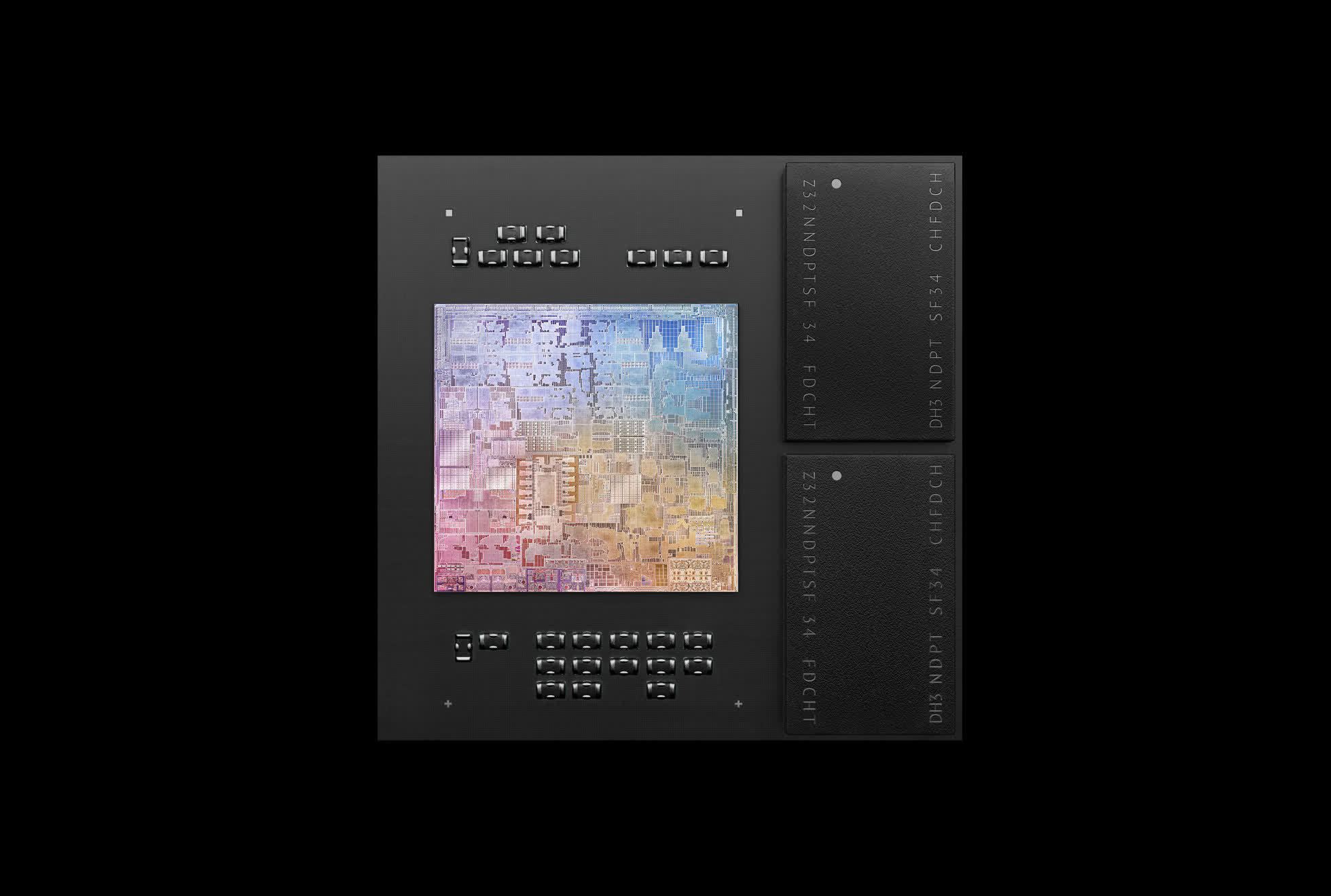
As with the A-series SoCs that power iPhone and iPad, Apple is focusing on delivering high performance in both single-core and multi-core workloads. Apple M1 is based on a 5 nm process node, and has no less than 16 billion transistors, the highest count in any Apple-made silicon.
The CPU is an 8-core design that pairs 4 high-performance cores with 4 high-efficiency ones. The M1 also integrates up to an 8-core GPU that Apple claims to provide the world's fastest integrated graphics in a low-power chipset, as well as a 16-core Neural Engine for faster execution of machine learning tasks.
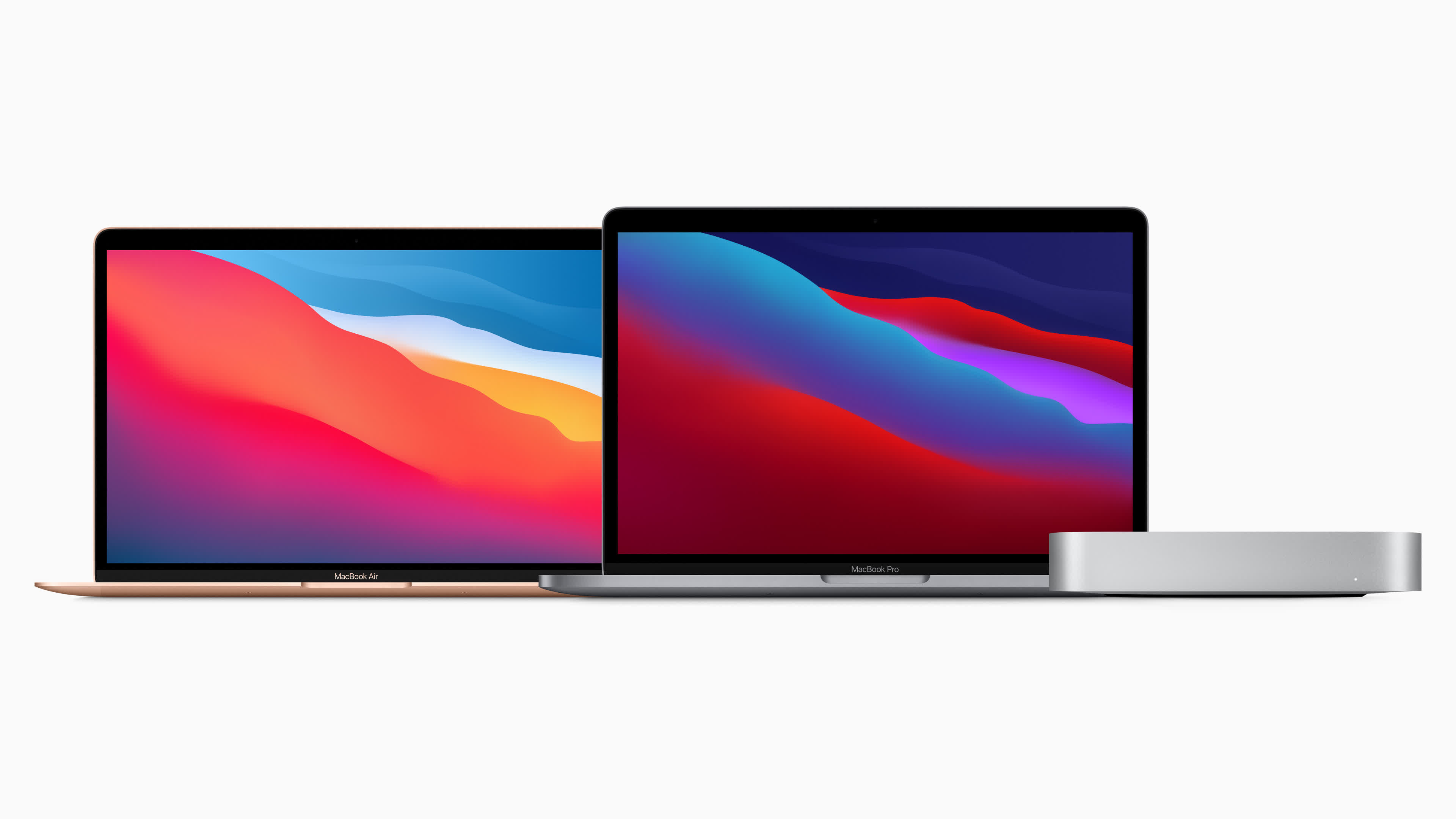
Apple claims the M1 delivers "up to 3.5x faster CPU performance, up to 6x faster GPU performance, and up to 15x faster machine learning." On top of that, the company says it can do that while providing up to two times more battery life than previous, Intel-based solutions. That means the M1 chip offers significantly better performance per watt when compared to Intel CPUs, which is no small feat considering Intel has decades of expertise in making processors.
Apple claims the M1 delivers "up to 3.5x faster CPU performance, up to 6x faster GPU performance, and up to 15x faster machine learning."
For reference, Apple says the M1 chip delivers two times the CPU performance at a power consumption of 10 watts and matches peak CPU performance of x86 solutions in its class, while using only 25 percent of the power. The 4 high-efficiency cores can only get as fast as the Intel silicon in the previous generation MacBook Air, but they also do this at one tenth the power. The CPU in the M1 also supports heterogenous multi-processing, which means app developers will be able to tap into the power provided by all 8 cores when needed.
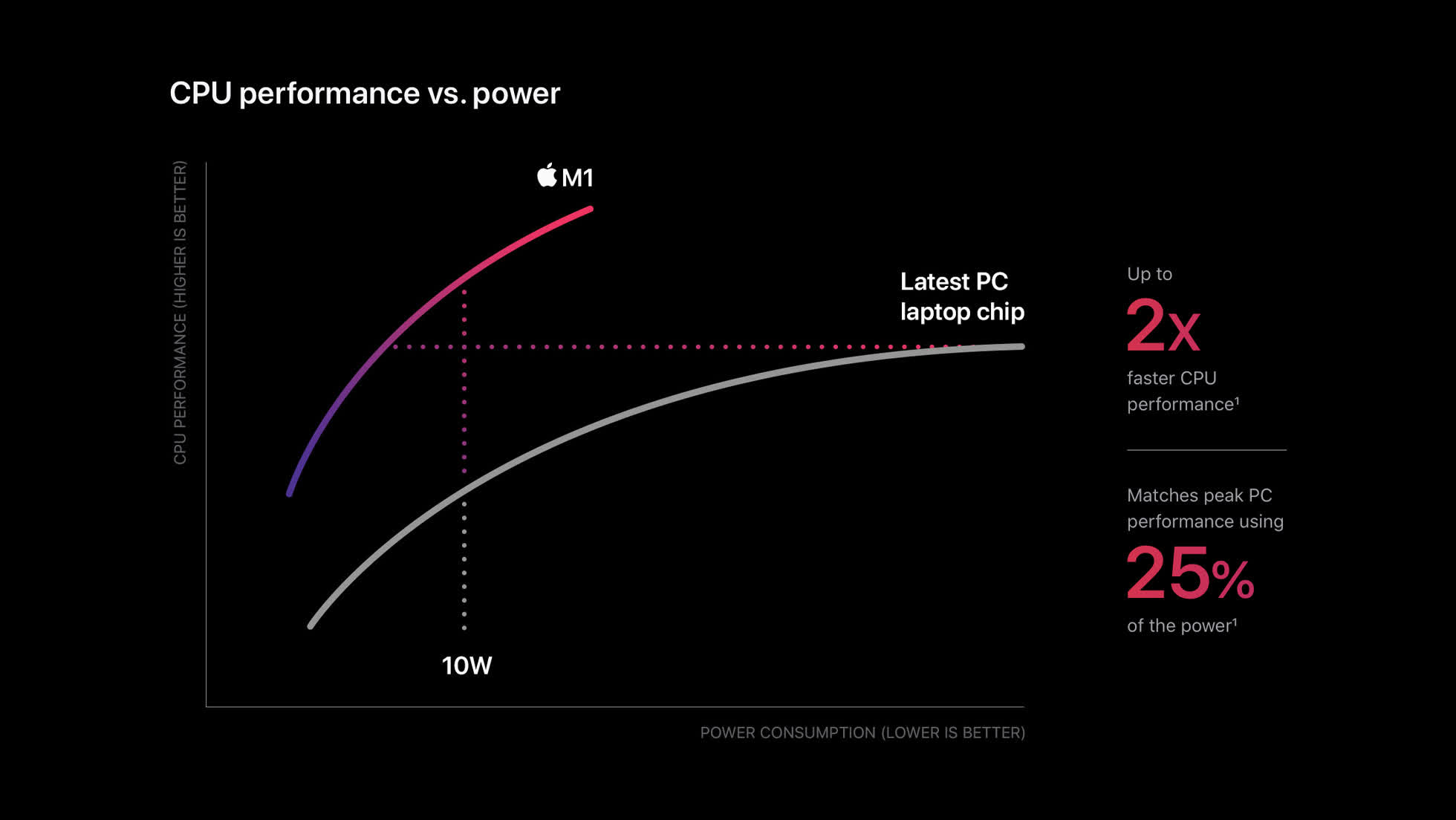
Another advantage of the M1 and its shared DNA with the A-series chipsets is the support for instant wake from sleep mode, similar to what you have on iPhone and iPad. And Apple says macOS Big Sur was optimized to squeeze every last drop of performance from the new chipset, making Final Cut Pro up to six times faster and allowing Logic Pro to handle up to three times the amount of audio tracks, which is a boon for creators. Safari should also be 1.5 times speedier when running JavaScript.
Apple promised that its custom silicon will support Thunderbolt, and sure enough, it designed a custom controller that also supports USB 4 with transfer speeds of up to 40 Gbps. This, along with an image signal processor, high performance storage controller, encode and decode engines, and secure enclave essentially make the M1 a supercharged, larger version of the A14 Bionic chip that powers the iPhone 12 and the new iPad Air.
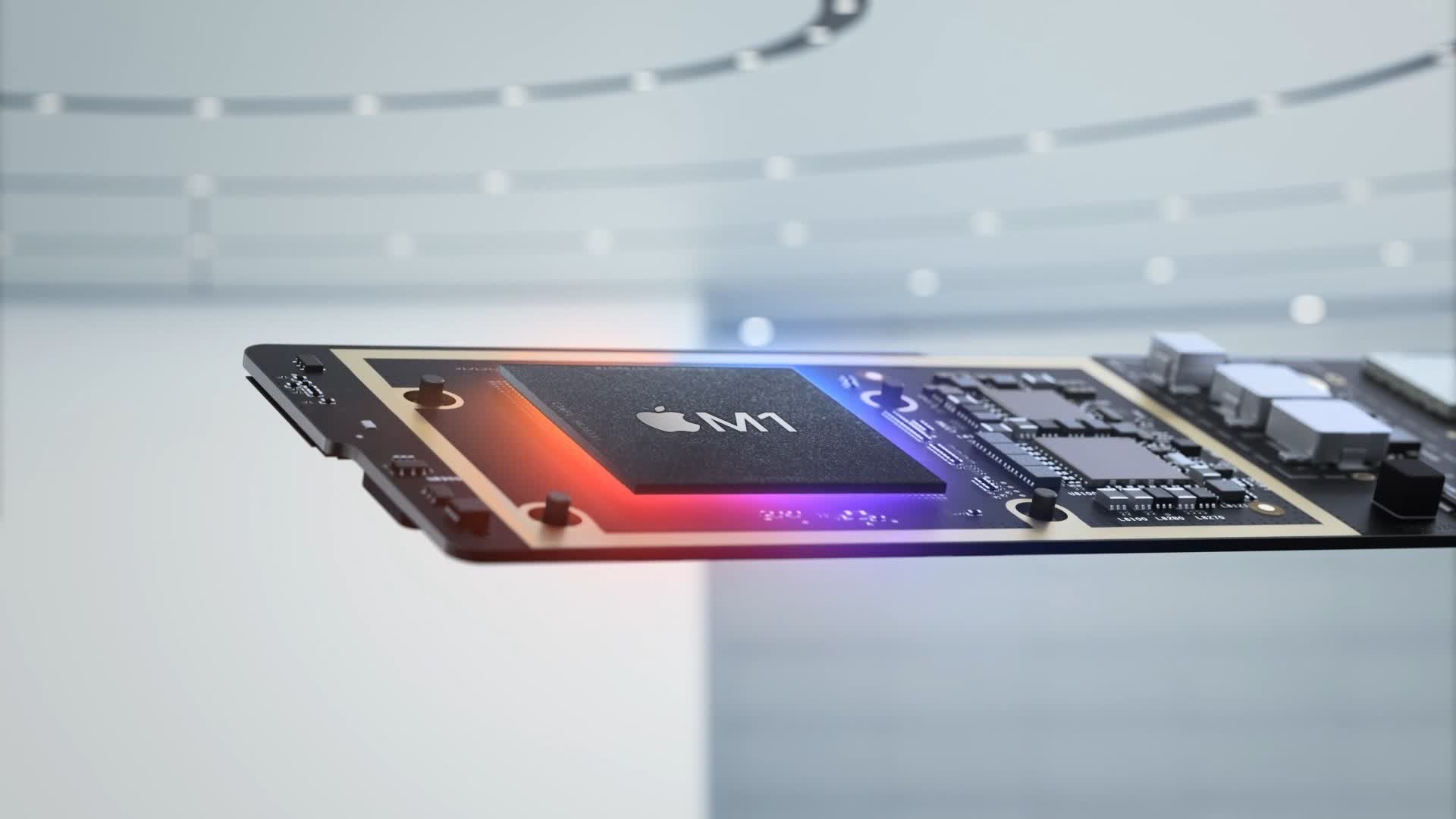
The first Mac to come with an M-series chipset is the MacBook Air, which is virtually indistinguishable from the previous generations in terms of its exterior design. However, the M1 allows it to reach a much more respectable 18 hours of video playback (or up to 15 hours of wireless web browsing) on a single charge, up from 12 hours on the Intel-based one.
Better yet, the new MacBook Air stays cool enough that Apple decided to make it completely fanless.

The M1 SoC inside the new MacBook Air has a storage controller capable of 2x faster SSD performance. It also allows you to export an iMovie project to the web up to three times faster than before and edit 4K ProRes video in Final Cut Pro with no frame drops.
In terms of pricing, the new MacBook Air starts at the same $999 as the Intel-based one, or $899 for education.
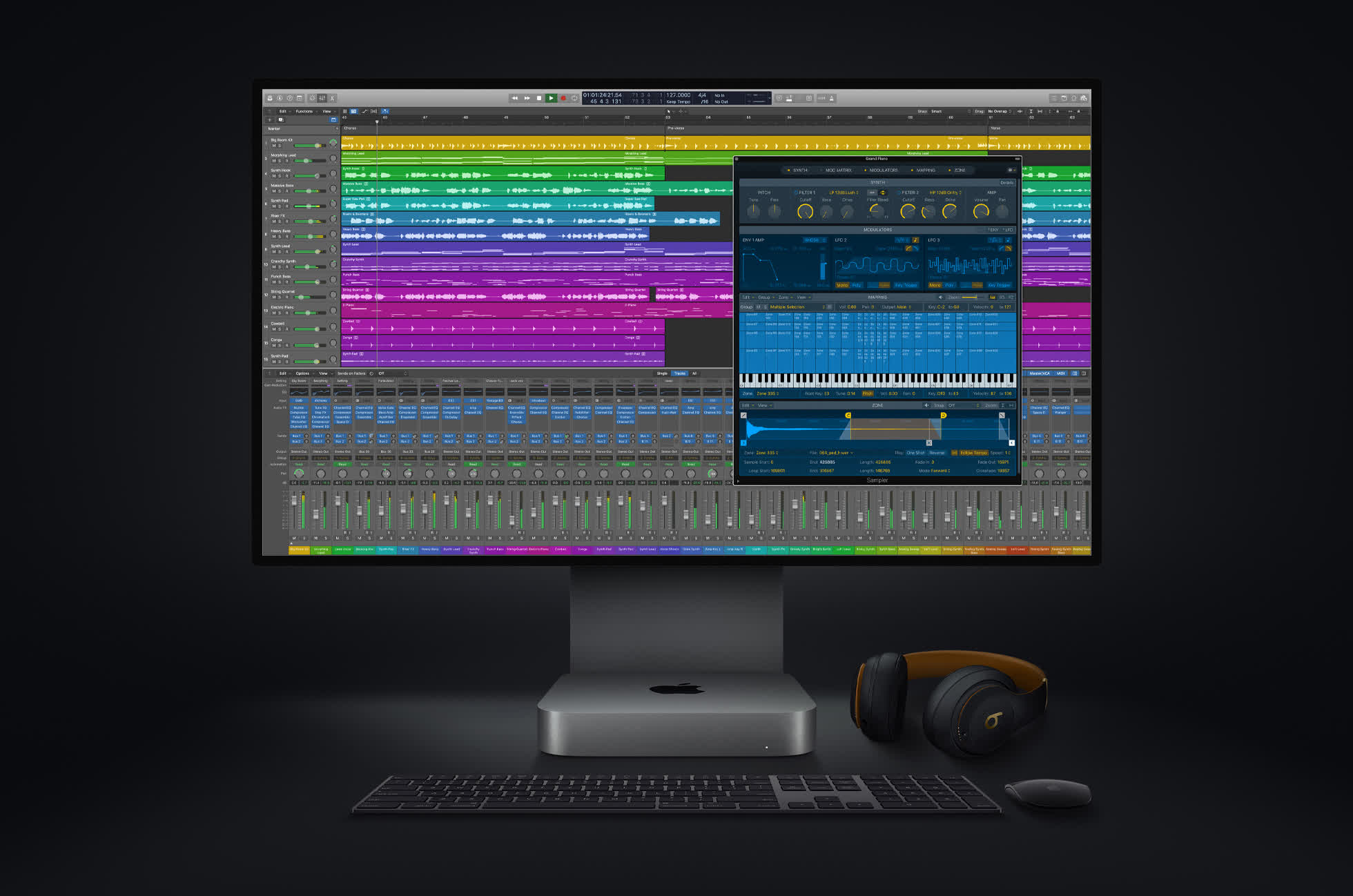
The second Mac announced today is the Mac mini, which is also faster than the previous generation while retaining the same chassis design. It allows developers to compile code in Xcode up to three times faster and play games like Shadow of the Tomb Raider with 4 times higher frame rates thanks to the M1's powerful integrated GPU.
The new Mac mini will set you back $699, or $100 less than the previous generation.
The third and last Mac launched today is a MacBook Pro 13 powered by Apple M1, which is capable of playing back full-quality 8K ProRes video in DaVinci Resolve without dropping frames. It can also compile four times more code on a single charge when compared to its Intel counterpart, owing to the better efficiency of the new chipset.
Apple kept the same price with the new MacBook Pro 13, which starts at $1,299, or $1,199 for education. All new Apple silicon Macs are available for pre-order, and they'll start shipping next week.
As for macOS Big Sur, it will start rolling out on Thursday.
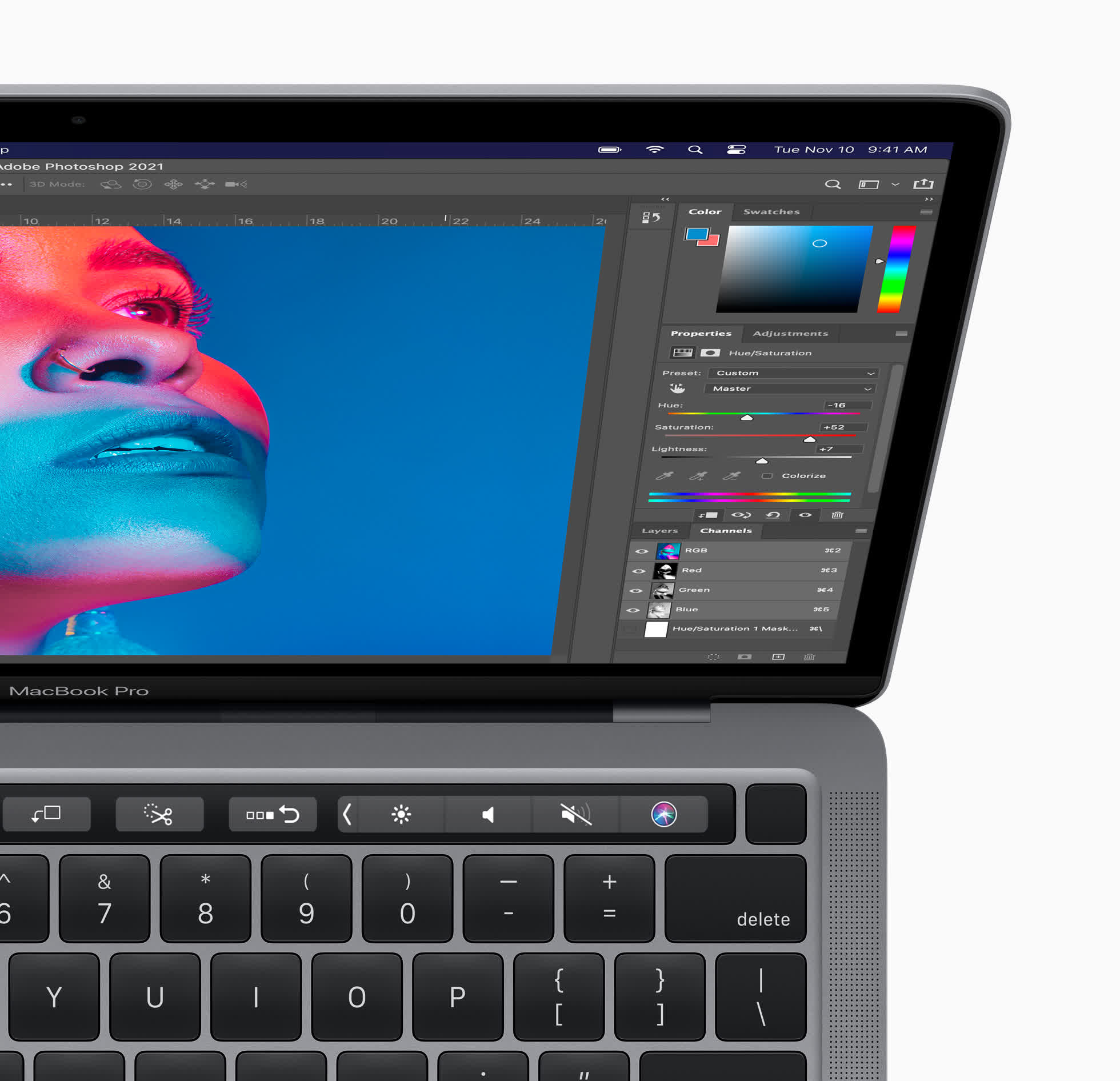
On the software side of things, many will no doubt appreciate the ability to run iOS apps natively on the new Macs, but that doesn't mean that you'll be able to run all of them -- at least not immediately. Earlier today, news broke that several big-name developers like Facebook, Google, Amazon, and Disney won't rush to offer their apps on the new hardware.
Apple hopes that developers will eventually create universal packages that include both x86 and Arm binaries. The Rosetta 2 technology inside macOS Big Sur will then choose the appropriate version to run based on the processor it detects on your Mac. And Apple seems confident that x86 apps emulated on Apple silicon Macs will run well enough that they won't impact your productivity.
The company also reiterated its commitment to transitioning its entire Mac lineup to the new M-series chipset in two years. Intel said in a statement that "we believe Intel-powered PCs—like those based on 11th Gen Intel Core mobile processors—provide global customers the best experience in the areas they value most, as well as the most open platform for developers, both today and into the future."
https://www.techspot.com/news/87550-apple-m1-powered-macs-set-arrive-next-week.html